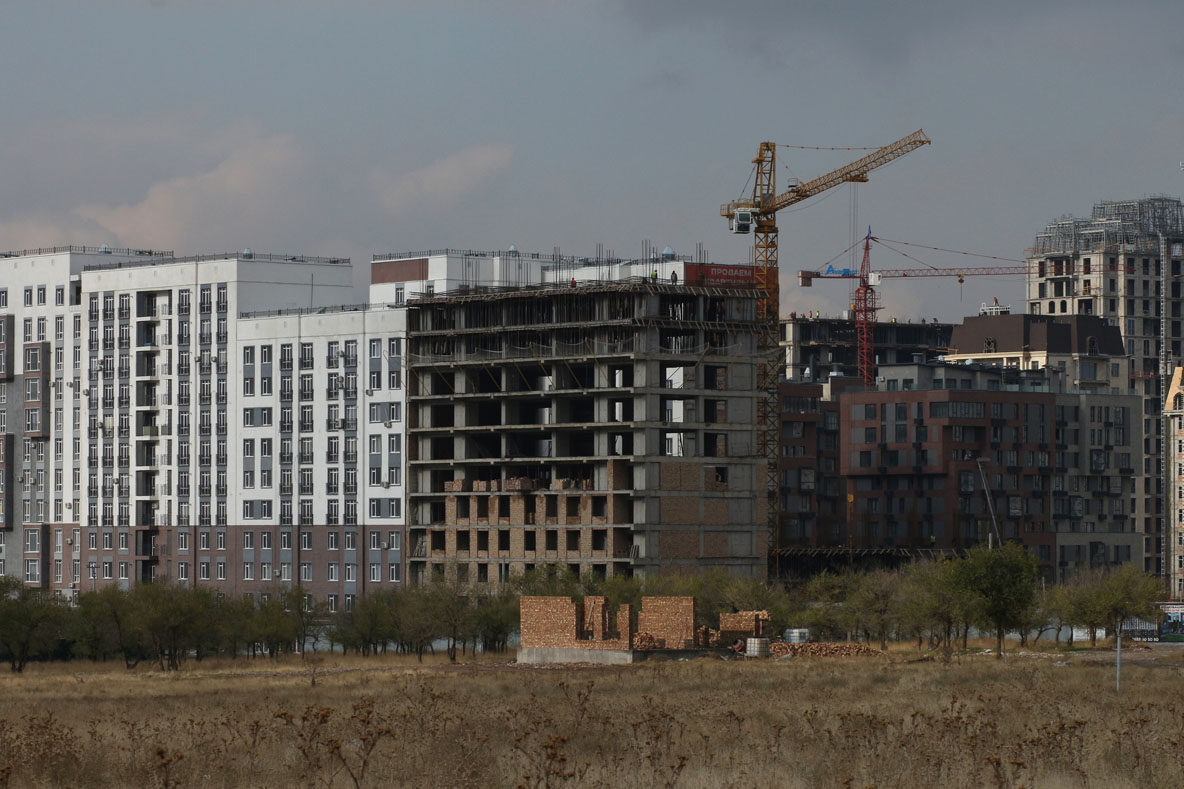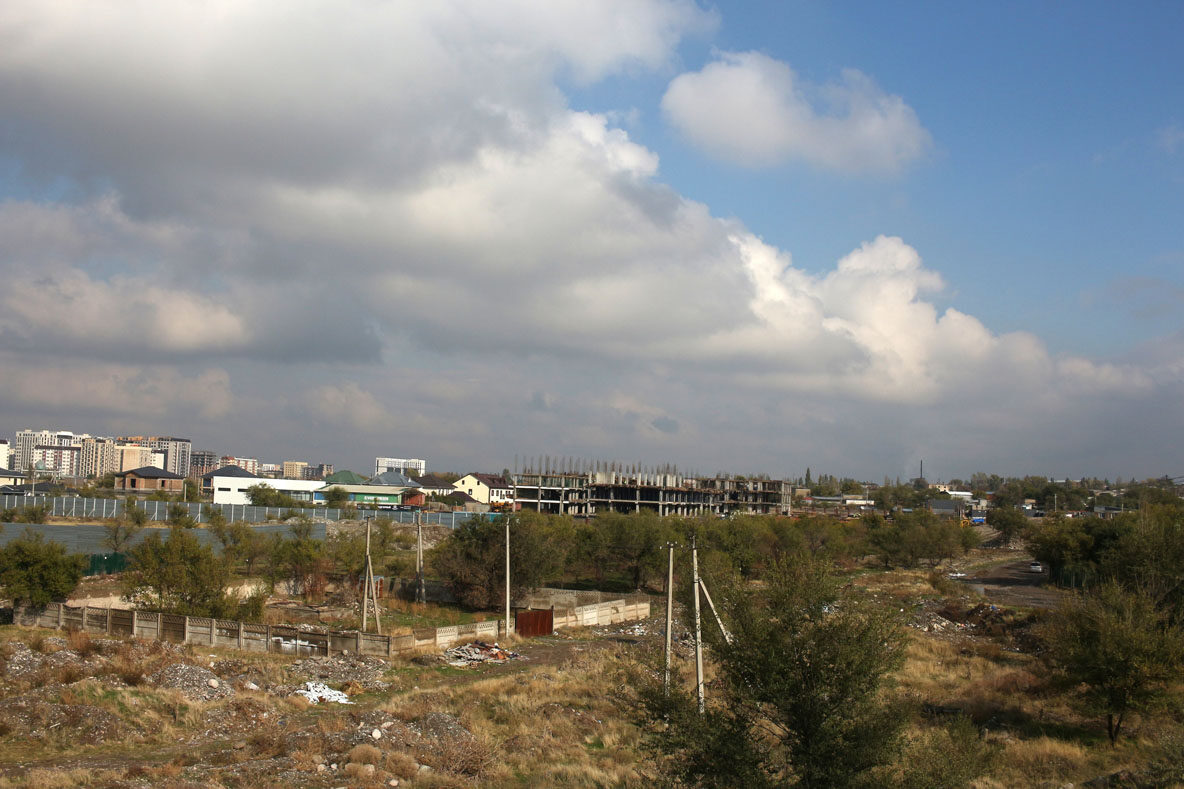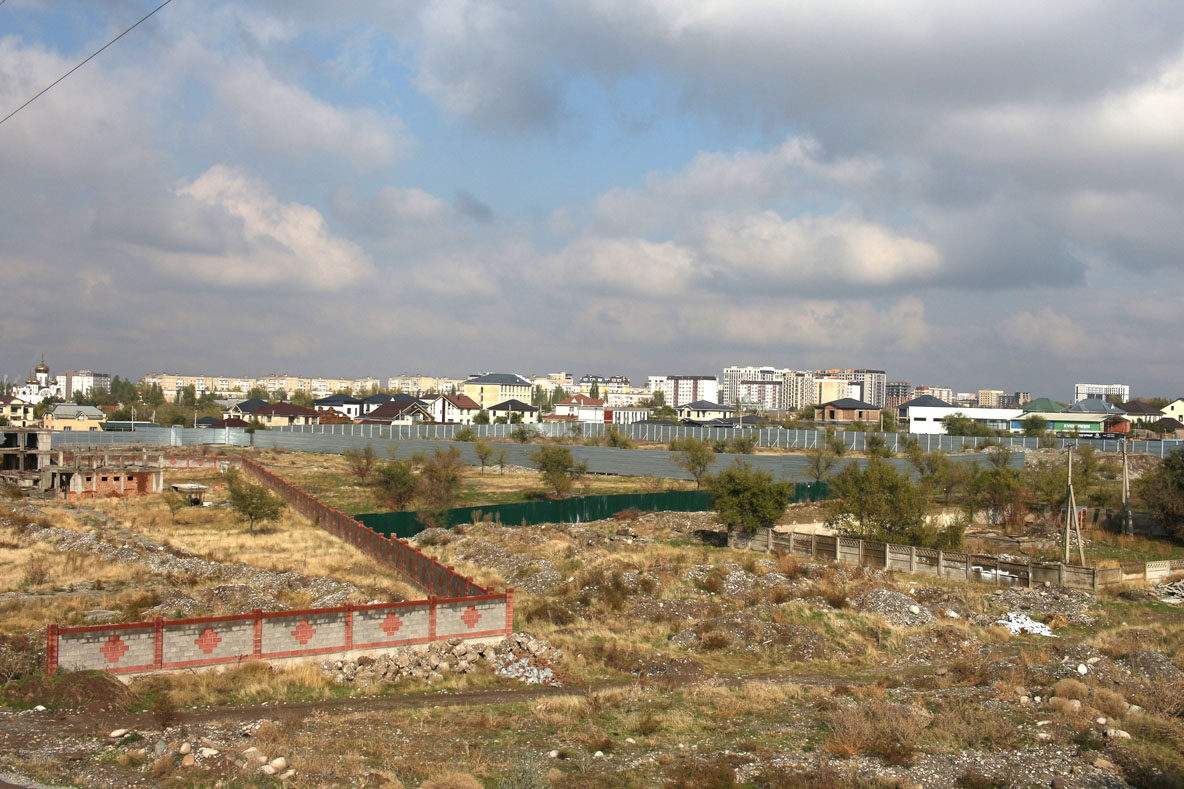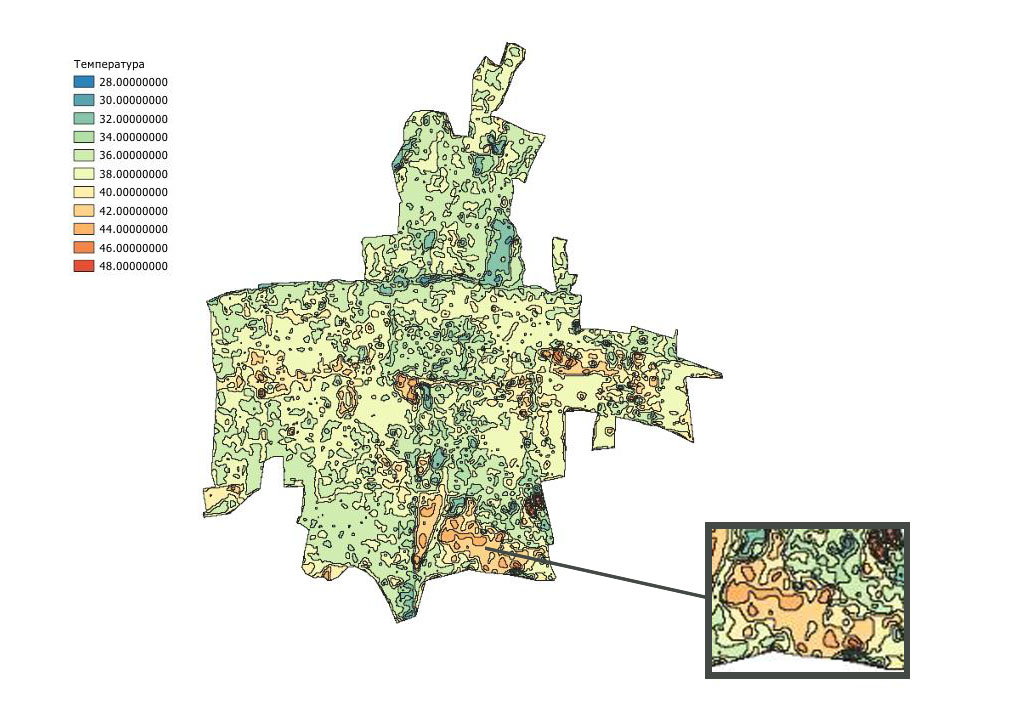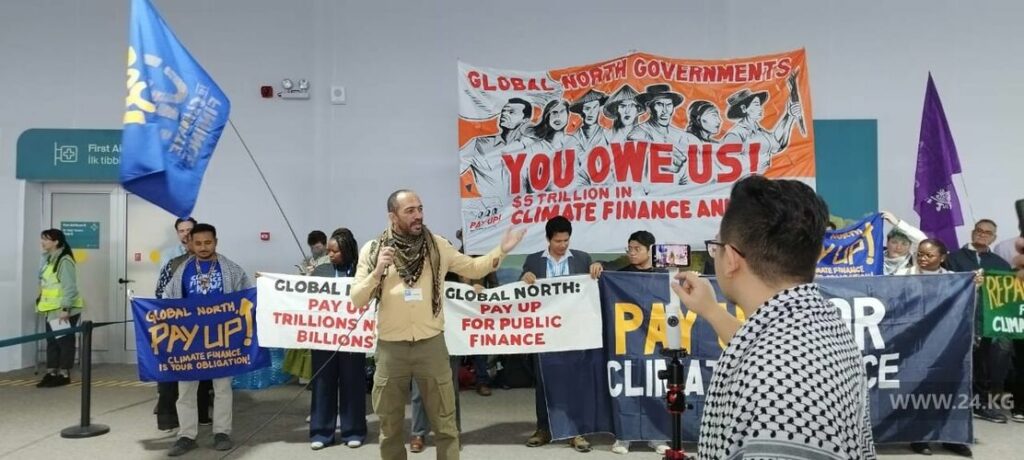In Bishkek, contrary to the master plan, a tree belt area in southern residential areas of the city has been actually destroyed in the last few years. However, it has played a significant role in the urban ecology. Now, the area is built with high-rise residential buildings. According to officials, the law does not specify any punishment for the violation of the master plan, while independent experts say that drastic measures need to be employed.
The master plan of the city, one of whose purposes was to maintain the green belt and develop the infrastructure in this regard, has failed. Although, it was meant to be followed by law. Thus, the city has lost one of its major tree belt areas.
The tree belt area planted with elms right at the bottom of the mountains and separating the wilderness from the civilisation has once provided the city with moist and cool air, and the residents of southern residential areas with a place for outdoor picnics.
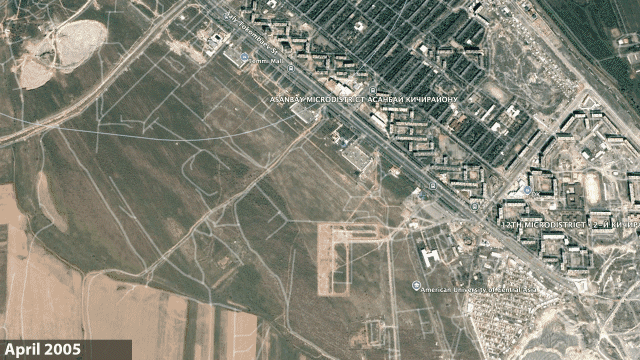
“Many of us visited it on the first of May, there was some wilderness where we could go with parents, and put up a tent in Spartan conditions,” said expert ecologist Dmitry Pereyaslavsky, who was raised in southern residential areas of Bishkek.
Now it sounds more like a dream and it is difficult to imagine that something of a kind was true.
Who would not want to live in a good area and admire the mountains from the windows of one’s apartment? This is what developers thought.
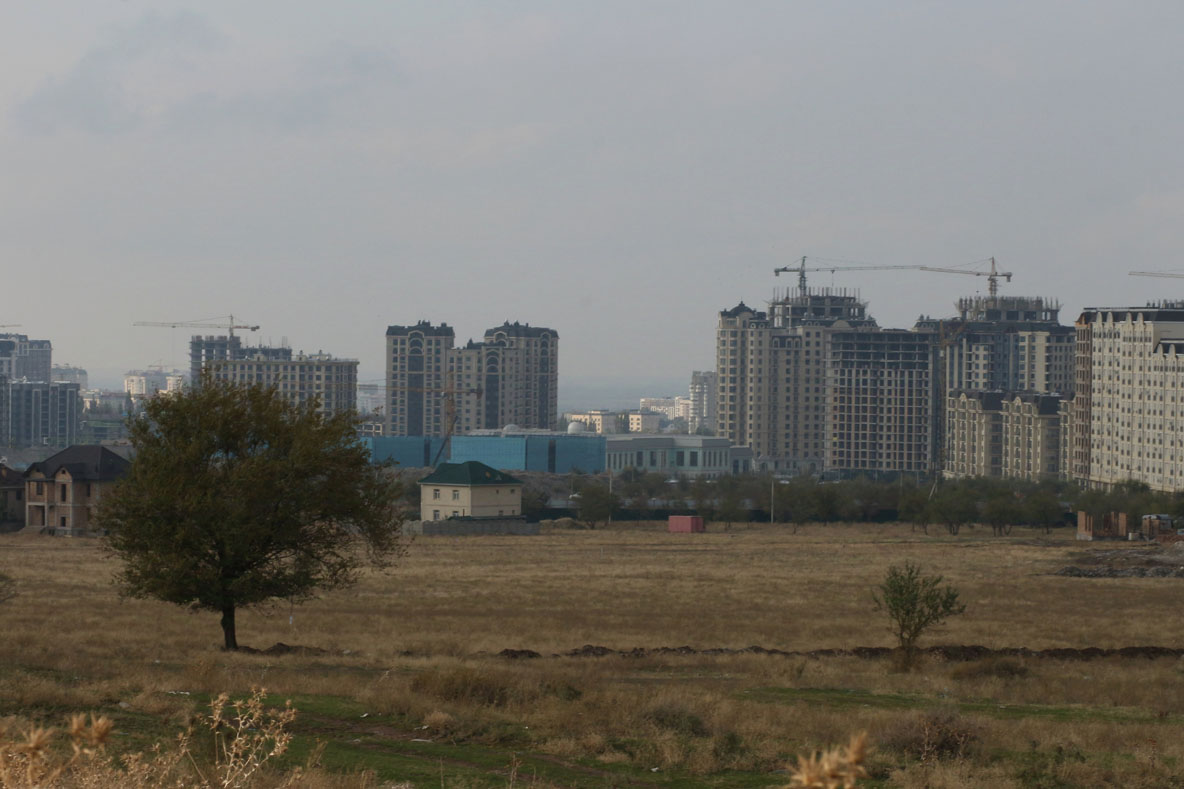
The tree belt area was destroyed just in a dozen years, while elite residential areas with high-rise buildings appeared instead and continue to develop even more and block the view of the mountains for the rest of Bishkek residents.
However, the aesthetic part is not the worst change. The entire urban ecosystem has suffered because of the destroyed trees: heat has become fierce, air has become drier, and the city has been filled with dust. And this is one of the brightest examples of tree destruction in town, which once was one of the greenest in the Soviet Union.
The value of green planting was appreciated not only in the Soviet period, but also in sovereign Kyrgyzstan.
The first and so far the only master plan of Bishkek that is relevant until 2025 was meant to maintain and expand the green belt. But at some points things went wrong and trees were cut clear instead of being preserved.
Lands were sold off to save them
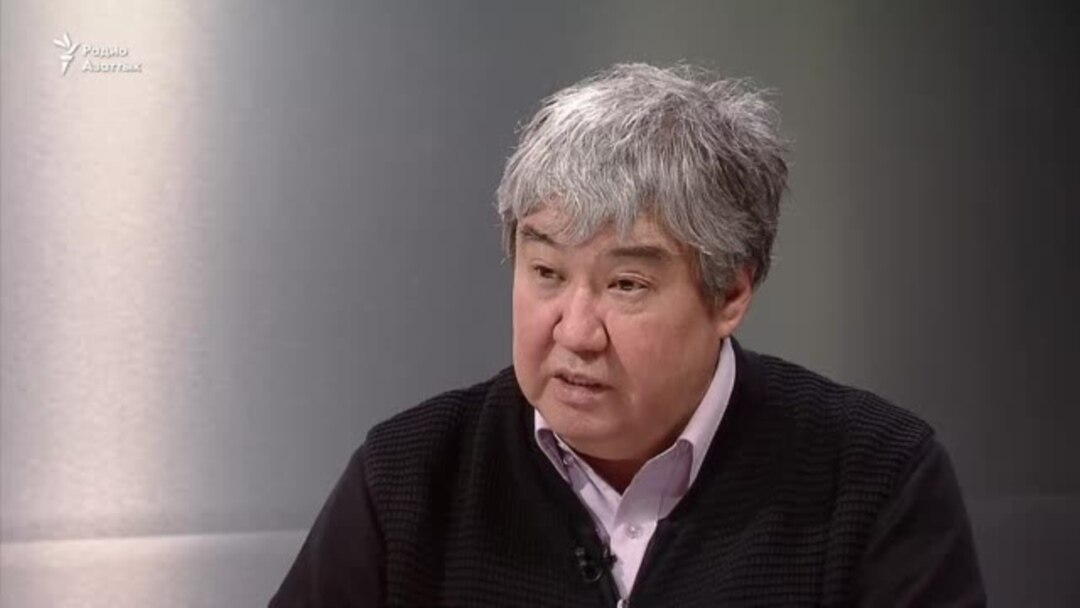
“It was a decent woods, yet it was irrigated poorly and made a poor growth. Nevertheless, it provided the city with oxygen. It was called the lungs of the city,” said architect Beisen Kariev.
He said that the name was given to the plot because the urban designers designed it to be ventilated by air streams going down from the mountains, passing through the green buffer, and getting the cool and moisture air into the town.
Bishkek was built according to the gridiron plan – the streets run at right angles to each other so that air streams could ventilate the city freely.
“Our prevailing winds blow from the west to the east and the city was ventilated properly. […] The city warms up at daytime, and at night the warm air replaces the cold clear air stream from the mountains. These phenomena used to save our city in due time, and the air was ventilated very well,” Kariev said.
According to him, the system worked very well in the Soviet period and helped to cope with air pollution. Afterwards, the USSR collapsed and the era of sovereign Kyrgyzstan and spontaneous development began.
“Of course, the green belt was totally destroyed and the problem of air pollution got even worse,” the architect said.
Elms were cut out down in a day. They were protected by the state for a very long time and remained intact, but then their time has come. According to urban development officials, the tree belt area was cut down to save the city – the land plot would be allegedly developed in any case by private houses instead of high-rise buildings that accommodate much more people.
In 2005, after the first so-called Tulip revolution in Kyrgyzstan, many people from the regions cam to the city for protests. Not all of them came back, some decided to stay and began to squat the lands.
People squatted land plots in different parts of the city and later new residential areas full of detached houses appeared there. They also wanted to squat the elm grove.
“To stop the mass squatting, there was issued an urgent government order to develop a high-rise construction project in the southern area. […] Land plots were quickly divided into lots and sold via the auction,” said Zamira Kangeldieva, director of the Department for Urban Development and Architecture of the Gosstroi.

Why the government decided to sell and build on the land after cutting down the important green belt area, instead of appealing to the law and preserving the green area is not known for certain, but Kalicha Umuralieva, director of the public foundation ‘Nashe pravo’ [Our Right], has her own version.
“In 2005, when there was a coup, people seized the areas and demanded to have them. They were detained by the police who said, ‘Are you out of your mind, this is the common-use land, it is the green belt area’,” she said.
“But then other people appeared, not poor, but the ones vested with authority, who began to grant the land for private construction. So, there was nothing left from the green belt area,” she said.
According to her, the main reason for elm destruction was corruption.
“Didn’t they know that the area that was parallel to the mountains was not allowed for development? That it had a special environmental value? They knew it perfectly,” said Umuralieva.
Photo: CABAR.asia
Thus, active construction began in the area. New elite residential areas with high-rise buildings that obstructed the city from both the mountains and winds that once blew through appeared instead of the elms.
Destroyed the ‘lungs’ of the city
“There are breezes there and there needs to be a green belt area to keep the air fresh. […] It’s the foothill here, and air streams used to blow down every day and clean out everything,” Umuralieva said.
Architects thought out well the city’s wind exposure, but they could not imagine that the trees that hardly grew in the city climate would be destroyed in the future.
“Park areas were planned there. It was mainly due to the tectonic fracture in the vicinity, and secondly, air masses that brought cool air into the city every night must not be obstructed,” said ecologist Dmitry Pereyaslavsky.

He explained that microdistricts were built up by four-storey buildings for a reason – the wind was supposed to blow above them to ventilate the city. Construction of high-rise buildings have obstructed the air stream from the mountains.
“We can see now that the upper part of the city is being developed. We can see that the so-called wind pattern is being violated, i.e. the way the wind blows and the city gets ventilated. So, the city begins to suffocate,” said Pereyaslavsky.
Architect Kariev mentions the same problem.
“They build up the areas to the maximum, thus breaking the circulation in the district. In this place, air streams cannot move properly because 14-16 houses are being built in a small district,” he said.
Related problems
Deputy Head of Bishkekglavarhitektura Aziret Akimov agrees that housing development affects the ecology, but the point is that new buildings create reflecting surfaces for sun rays and they are not absorbed by the ground, but reflect back, thus causing rise in the air temperature.
“The opinion that housing development caused the wind pattern to change is a mistaken opinion. It does affect the fact that there are many reflecting surfaces and the air warms up without being absorbed by the ground. In this regard, I absolutely agree,” he said.
The air temperature in the district has really risen. Now it is one of the hottest points in Bishkek. According to the thermal map compiled by the environmental public foundation ‘Initiative Archa’ in 2021, the temperature there is one of the highest in the city and reaches 42-44 Celsius degrees.
But the point is not only in reflecting surfaces, but also in the fact that the trees per se help decrease the air temperature by the shade they provide. Moreover, green spaces also contribute to air humidification and help cope with the dust.
“If we used to feel that evening breeze entered the city, humidified the air and decreased the temperature, now this waste ground leads to the rise in the air temperature. The air is dry and becomes the source of dust,” said Pereyaslavsky.
“As more dust develops because of no plants, more highly allergic individuals appear. Coarse dust leads to allergies,” he said.
The evening breeze not only brought coolness, but also purified the city by replacing the polluted air with the clean air. It was supposed to blow out the smog – the curse that made the city top the poor air quality ranking in recent years. In summer, Bishkek is among top 30 cities, and in winter, it is sometimes on the first place of the most polluted world cities ranking.
The city is expanding, and the number of vehicles that pollute it increases. In wintertime, private houses that sometime burn household rubbish to warm up and poison the air add the burden. The smog is visible above the city even in summertime because of obstructed air streams.
“Polluted air, dirty air is heavier than clean air. Therefore, the night breeze that flows down the mountains cannot lift it up,” said architect Kariev.
But the representative of Bishkekglavarhitektura does not agree with him. According to Akimov, construction in the southern part is not critical for the ventilation of the whole city.
He admits that the wind velocity decreased, but, according to him, this situation happens only close to the ground, while the situation has not changed in the part where smog accumulates.
“The altitude of the wind is about 3 kilometres. The velocity slows down in the bottom part, and remains the same in the upper part,” said the deputy head of Bishkekglavarhitektura.
Life–made adjustments
Back in the Soviet period, Bishkek (the then Frunze) was one of the greenest cities. Looking at archival photos, it is hard to believe that it looked like that once. In recent years, Bishkek has lost dozens of hectares of green spaces, two large parks and 36 mini parks were destroyed.
“In terms of ecology, the city’s location is very good for the travel of air masses. But then Perestroika began, private property right appeared, and our country happened to be in the age of primitive accumulation. […] It resulted in the waste of public lands, seizure of common areas, public places,” said Kalicha Umuralieva.
In the first 15 years of independence, it was difficult to normalise the growing construction activity and preserve forest and parkland zones as there was no urban development control document. The first and so far prevailing master plan of the city appeared in 2006, and was meant to solve the problem. It is meant for up to 2025.
One of the priority goals of the master plan was a comprehensive reorganisation of the city meant to recover and develop the green space. “If we followed the master plan developed back in the Soviet time, or the current one, we would have a garden city,” said Pereyaslavsky.
Unfortunately, according to urban development officials’ estimation, the master plan is completed by 20 per cent only. If we look at it more specifically, there are some successful or even over-fulfilled areas, and some areas, like urban greening, failed.
“Say, we have reached 120 per cent in part of expansion of territory, 50 per cent in road construction, 100 per cent in housing development, and we have built some parks in part of urban greening, but this is not enough, unfortunately,” said the deputy chair of Bishkekglavarhitektura.
Despite the statement that the governmental decree on the master plan approval says it must be strictly followed, in practice there have been too many deviations from it.
According to Aziret Akimov, it is due to unpredictable events like revolutions and subsequent squatting that made significant adjustments.
“Master plan developers could not foresee that such events were going to happen. And the ideas, strategic directions they provided for in the master plan could not be implemented in their original form because the life made its adjustments,” he said.
According to Zamira Kangeldieva, director of Department for Urban Development and Architecture of the Gosstroi, deviations occurred also because there were no laws that would specify the procedure of master plan performance and penalties for any deviations from it.
“We need some instrument, leverage, law on master plan implementation, which would specify liability for any violation. As long as we do not have a law on master plan implementation, it seems unprotected,” she said.
According to Kangeldieva, no one has ever thought of such a law, and now it must become the top priority task not to make the new master plan repeat the existing one’s fate.
Struggle for trees and clean air
As long as there is no law that would bind officials to follow the master plan, whose main focus would be preservation and development of green planting, activists try to save the trees in a different way. One of such efforts in 2015 was a draft law “On protection of green planting in residential places of the Kyrgyz Republic”. Although it was developed jointly with members of parliament, not all people’s representatives liked the idea and it was not passed.
“Urban greening is the same mandatory condition for living of urban residents as water supply, sewer system, heating, and other infrastructure public utilities,” according to the regulatory impact assessment (RIA) to the draft law.
According to the background statement to the same draft law, Bishkek lost 15.78 hectares of green space from 2004 to 2015 mainly due to residential construction.
According to the research ‘Initiative Archa’, the situation never improved after 2015. Bishkek lost 20 per cent more of green space from 2014 to 2021. 479 hectares vanished, although new 250 hectares appeared.
One of the master plan goals was to fulfil the norm of 21 square metres of green space per person. However, despite the provision in the governmental decree on the master plan that the document must be strictly followed during construction, now the amount of green planting is as low as 3.5 square metres per person, which is 6 times below the norm.
According to researchers that prepared the RIA to the draft law, this amount of green planting per resident “cannot ensure full protection of a person from external factors.”
“No city can live without parks, particularly in our region. Our climate is harsh continental, and we are surrounded by deserts and plains from all sides, wherefrom hot dry air comes regularly. We need to make more parks in the city. Parks are a type of buffer, protection from all adverse factors,” said architect Beisen Kariev.
Green spaces perform three functions: decorative, recreational and environmental.
It is possible to amend the recreational and decorative functions. Activists keep struggling for it for many years.
“Our achievement was that a small land plot in microdistrict 4 turned into a mini park. We struggled, protested for it. Now it is a mini park, you know, a small public space for the whole district. They look after it,” Kalicha Umuralieva shares her small victory.
However, such small victories cannot make the difference in the city because they take years of efforts, while the amount of lands that can turn into parks is reducing rapidly.
According to the 2021 estimations of activists of ‘Initiative Archa’, free municipal land plots that could be turned into green spaces in Bishkek comprise as low as 0.6 per cent of the whole city area. According to Pereyaslavsky, only 3 per cent of the capital area is park area, which is critically low.
Moreover, even if the activists can manage to green up the city a little more, it would not solve the issue of ventilation and smog above the city.
“The plants function in the vegetative period: spring, autumn, summer. In winter, when we have smog, they do not function. PM there is 2.5 particles and they are very fine and almost do not settle as there are no leaves on trees, and they settle on branches a little. But it plays no role at all,” said Pereyaslavsky.
According to activists and ecologists, only drastic measures can settle the problem – a moratorium should be set on construction activities in the southern part and high-rise buildings that obstruct the air stream should be demolished.
“Our situation is, in plain language, like a gas chamber and a tiny opening where the air comes from. We all are going to fight for it soon,” said Pereyaslavsky.
https://cabar.asia/en/most-important-tree-belt-area-destroyed-in-bishkek-and-caused-damage-to-urban-ecology

